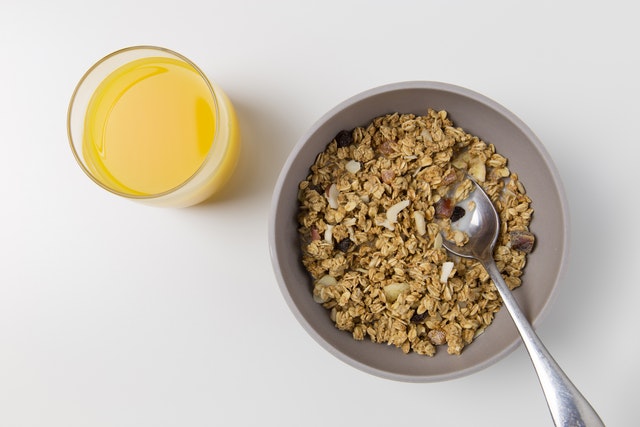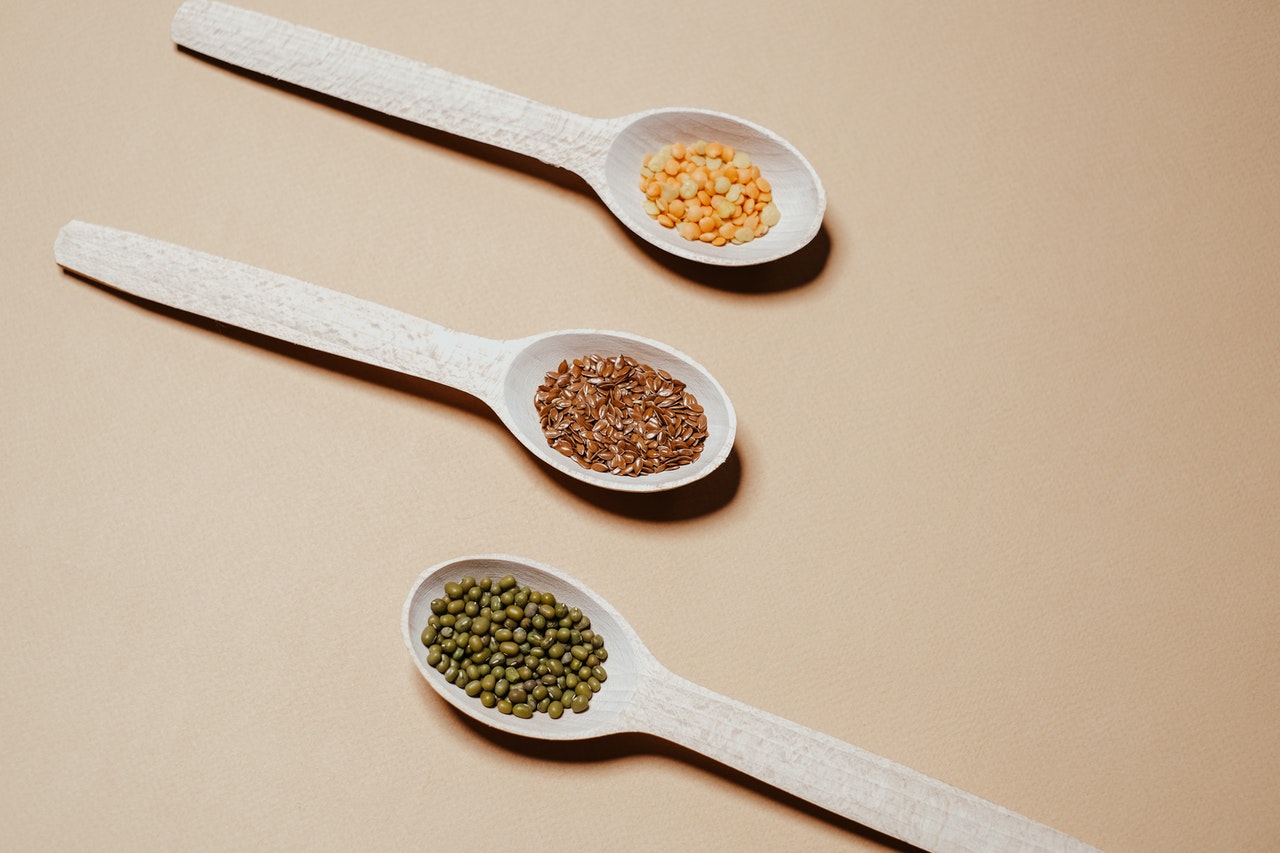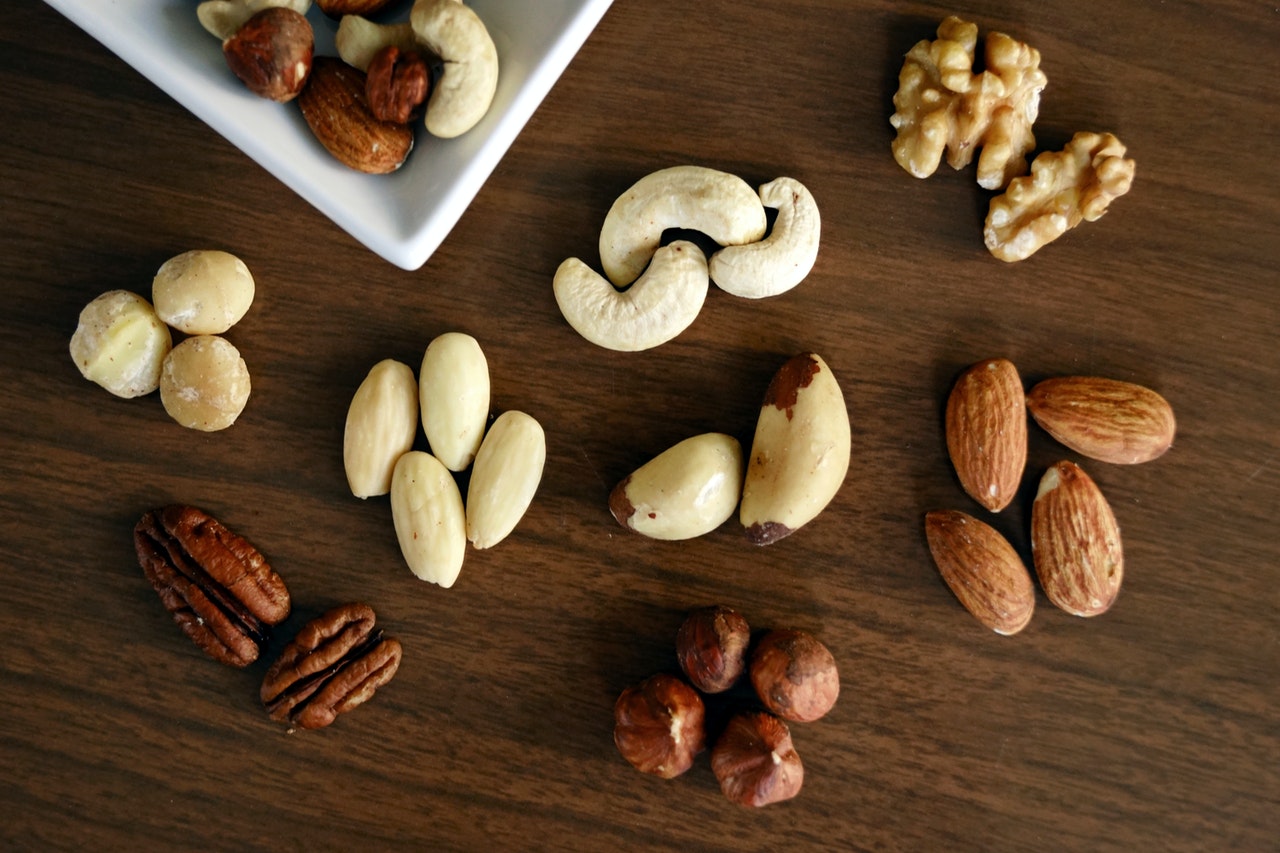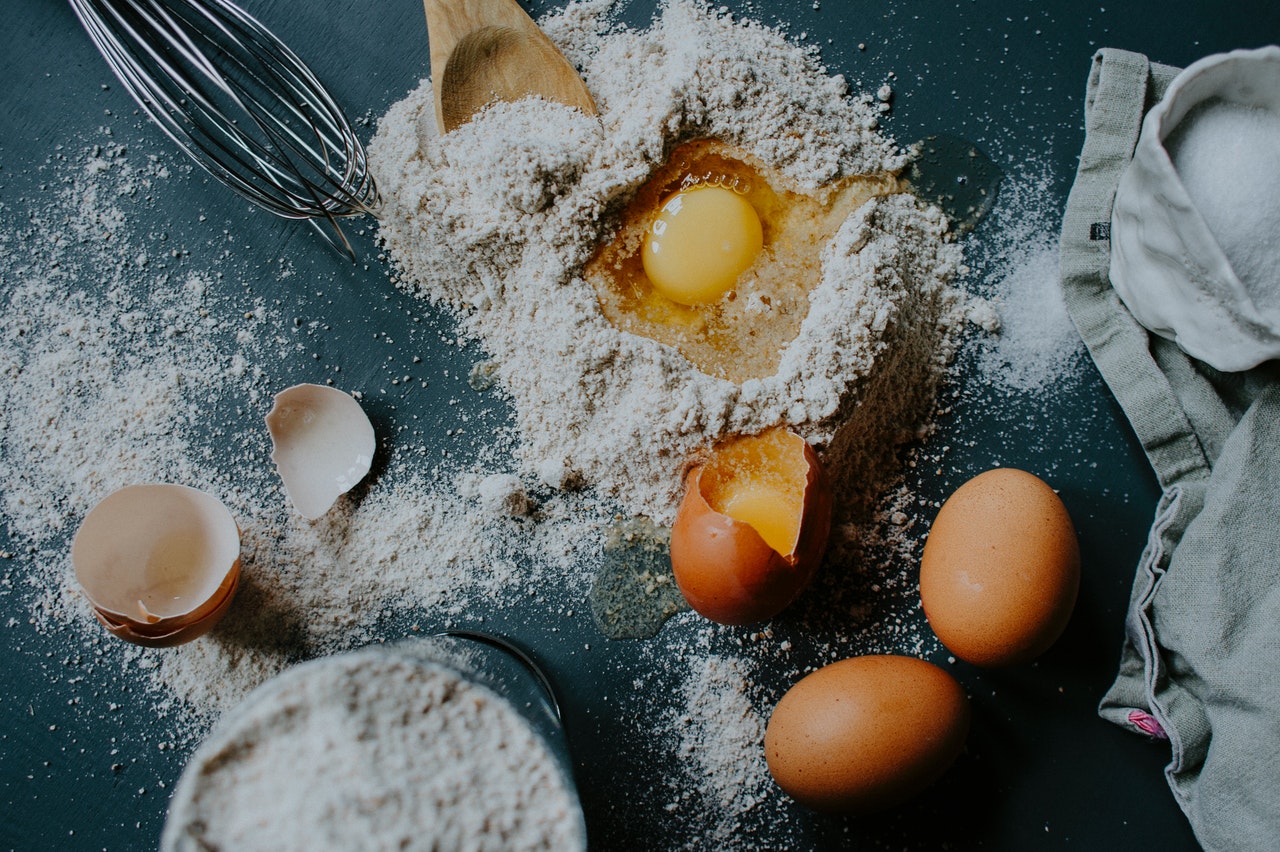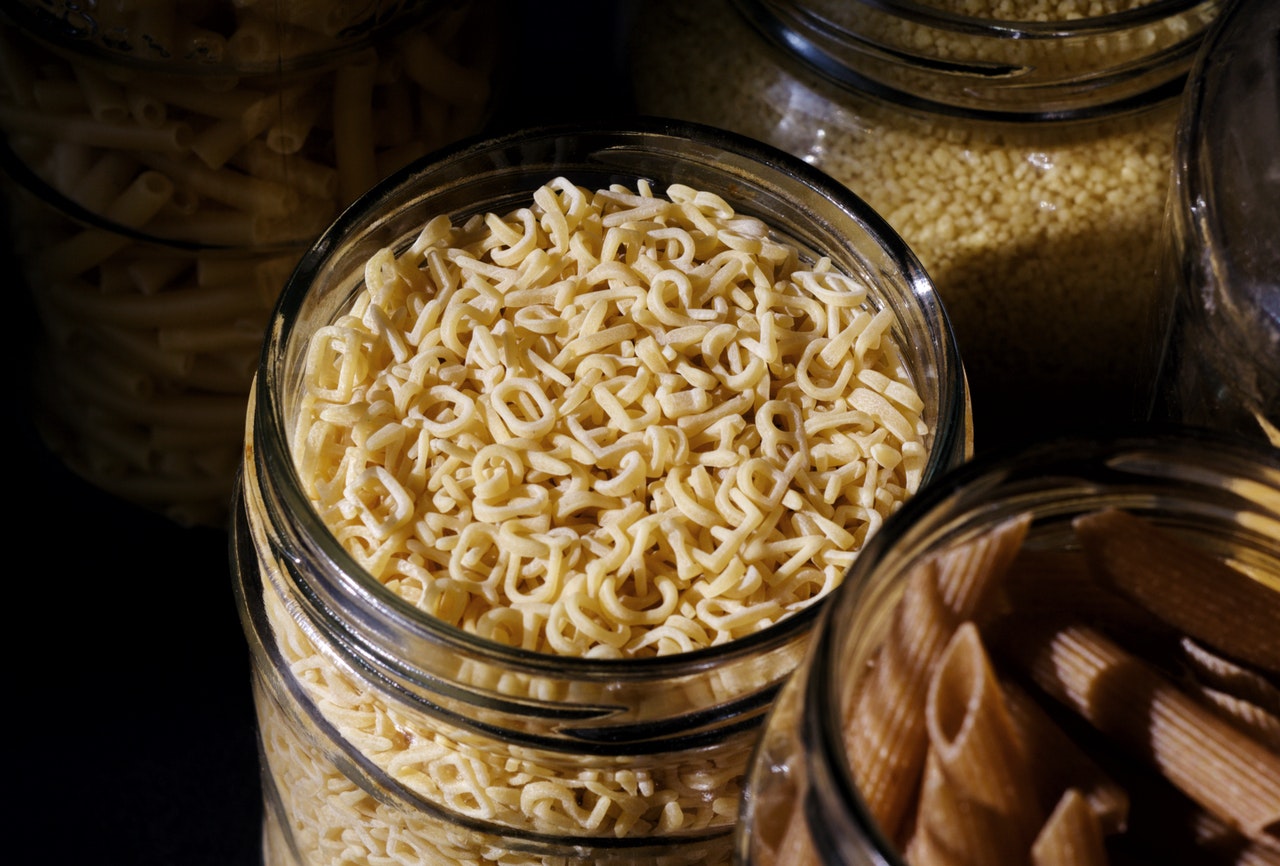There always seems to be some new discovery in the world of health and nutrition, doesn’t there? Every so often, we hear about a new and exotic ingredient that can solve all our healthcare woes and help us finally slim down and enjoy optimal health. But what if the most effective solutions aren’t new at all?
I assert that fiber is one of the familiar ingredients we’ve highly underestimated in our society. While we’ve been searching for the newest and greatest health-promoting ingredients, fiber has been waiting around and hoping we’d slow down and notice its incredible health qualities. Unfortunately, 95% of Americans don’t get enough fiber in our daily diets. In fact, few of us come close to the recommended 20-30 grams of fiber we should be eating every day.
If you don’t know what fiber can do for your health and weight goals, you’re in for a surprise! Here are a few of the top reasons why I am now a fiber enthusiast.
Fiber Helps Maintain a Healthy Weight
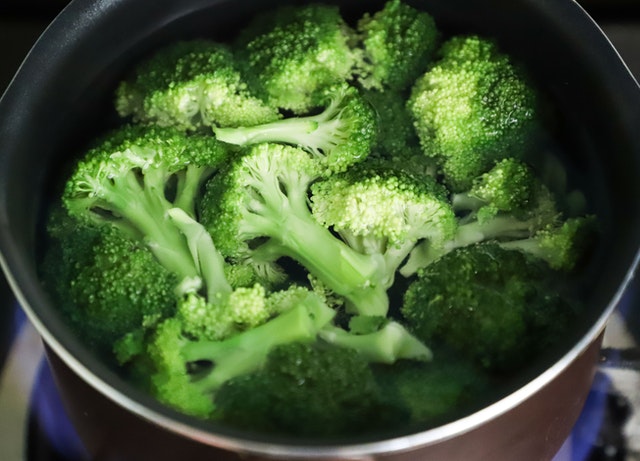
Who doesn’t want to have an easier time maintaining a healthy weight? The battle of the bulge is a challenging one for many of us, which is why we should try to consume the recommended amount of fiber every day.
Foods that are high in fiber tend to fill us up more effectively than foods with little to no fiber. So if your current diet leaves you feeling famished all day long, the secret may be as simple as eating more fiber! High-fiber foods also tend to have fewer calories than the same volume of low-fiber foods.
Fiber Helps Lower Cholesterol Levels
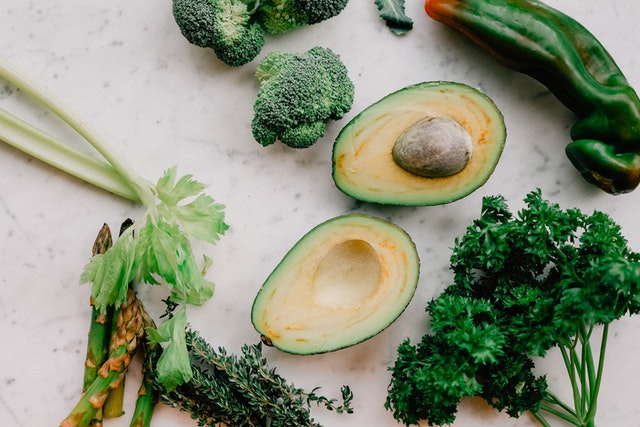
It’s no secret that keeping your cholesterol within a healthy range can be challenging as you grow older But fiber can help. Studies reveal that foods high in soluble fiber (such as flaxseed, beans and oats), may lower “bad” cholesterol (low-density lipoprotein) and total blood cholesterol levels. It may even help reduce inflammation and blood pressure while it’s at it!
Fiber Normalizes Bowel Movements
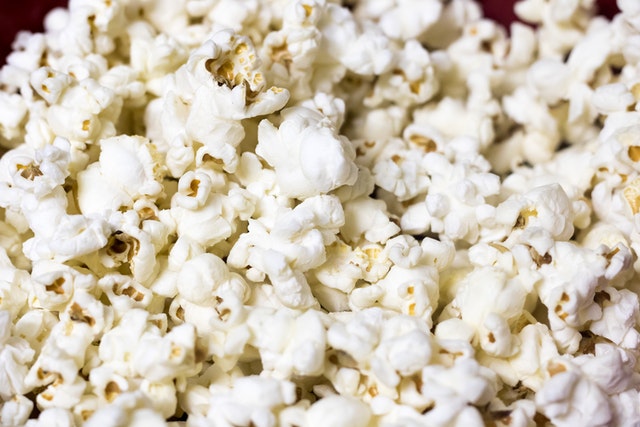
Nobody likes to talk about their bowel habits, but if you struggle to stay regular, it’s time to eat more fiber! Dietary fiber softens the stool and increases its weight and size so it passes more easily. Eating sufficient fiber can also help you out if you tend to get diarrhea often because it absorbs the excess water.
Fiber Helps Control Blood Sugar
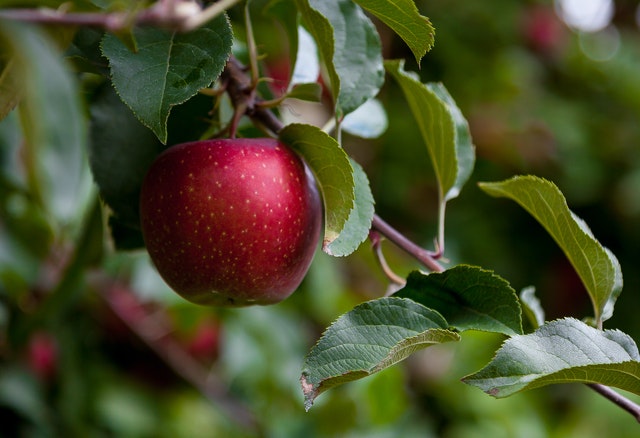
If you’re diabetic or pre-diabetic, eating high-fiber foods can slow down your body’s absorption of sugar and help control your blood sugar levels. If you don’t have diabetes, eating a healthy diet that includes sufficient insoluble fiber may help prevent you from developing the disease in the first place!
Fiber May Prevent Certain Diseases
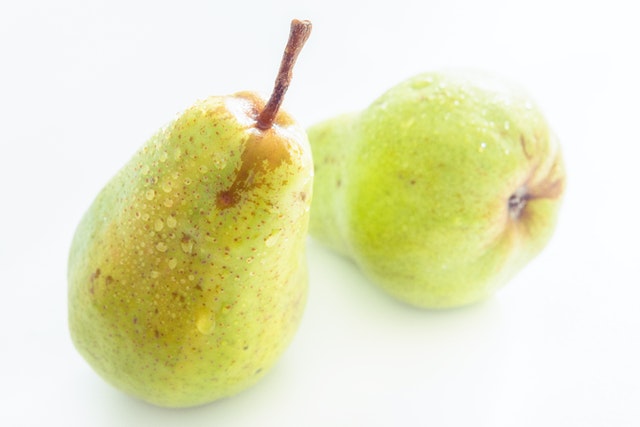
We are all destined to die sometime, but that doesn’t mean we can’t fight for greater longevity. Consuming dietary fiber (especially cereal fiber) is associated with a reduced risk of death from certain diseases (such as cancer and cardiovascular disease).
How Much Fiber You Should Take

Here are daily fiber intake recommendations for adults (as provided by The Institute of Medicine):
- Men (ages 50 or younger): 38 grams/day
- Men (Ages 51 and older): 30 grams/day
- Women (Ages 50 or younger): 25 grams/day
- Women (ages 51 or older): 21 grams/day
You can determine how much fiber you’re getting each day by looking at food labels and looking up the nutrition information of foods that aren’t prepackaged (such as produce).
Good Sources of Fiber
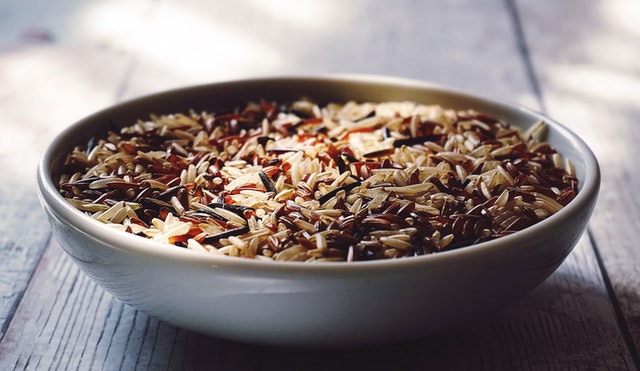
There are a lot of delicious sources of fiber you can turn to if you need to increase your intake. They include:
- Nuts and seeds
- Whole-grain products
- Vegetables
- Fruits
- Peas, beans and other legumes
It’s best to get your fiber from whole foods whenever possible. If you’re ready to start experiencing the many health benefits fiber can offer, start digging in to healthy, fiber-rich foods today!

